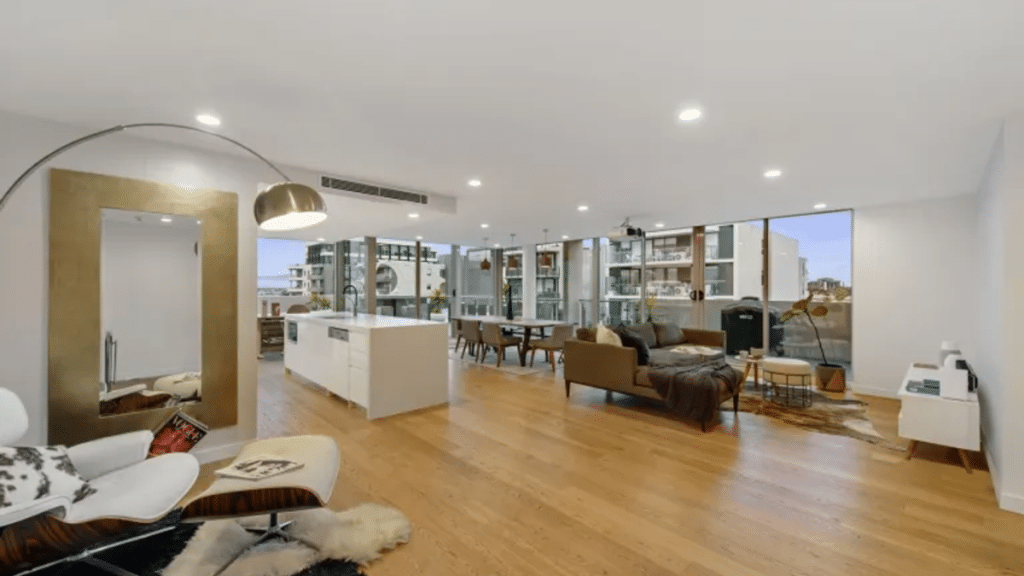Have you recently decided to have the interior of your home painted? If so, you may be in the process of consulting with various professional painting services to get quotes and estimates. You may also be checking up on what you need to do to prepare your home for the big painting period.
The good news is that opting to use the painter Camberwell locals rely on will already have many of your concerns addressed long before the time. This post takes a closer look at what you should do to prepare your home.
Why You Should Use a Professional Painting Service
It’s no secret that giving your home a fresh coat of paint serves as a mini makeover. Whether you live in a rustic, traditional old home or you have a modern, contemporary house, the good news is that a quality paint job will make the space look instantly more attractive.
Once you’ve decided to go ahead with the paint job, your next step is to decide if you want to do it as a DIY job or hire a professional painting service. While you may be an avid painter on the weekends, there are a few significant benefits to having the space professionally painted.
Some of these include the following:
- Proper preparation of walls and surfaces (includes cleaning, sanding, and priming)
- Professionals have the skills and expertise to perform the whole painting process quickly and properly.
- Many services offer colour and design advice to help you choose the right shades for your space.
- Have the know-how to work quickly and efficiently, saving you time and money.
- Professional services use high-quality materials and tools to create a durable and lasting finish.
- These services also have the necessary insurance.
- Warranties are offered for workmanship.
Know What to Expect
If you’ve never been involved in a painting process, you may be forgiven for thinking that once you approve the quote, a crew shows up and starts painting. Unfortunately, this isn’t the case. There are several things you need to do to get your home ready for professional painting. Here’s what you need to know.
1. Remove Items From the Walls
The number one step to follow is to remove items from the walls. These include mirrors, picture frames, art, and any other items. To avoid these items from getting damaged, our experts recommend wrapping them up or placing them in a box.
Move them to a room that’s not getting painted to prevent them from getting damaged or messed on. You will also need to move shelves from the walls to ensure complete coverage.
2. Take Down the Curtains and Blinds
If you’re having your ceiling painted, or areas where curtains and blinds are, you will need to take these down as well. These items can be removed on the morning of the paint job to maintain privacy until then.
Remember to move loose rugs and carpets from the space. Roll them up and place them out of the way. It’s a good idea to wrap smaller rugs in plastic or sheeting to avoid spills and damage. You should also move throws, scatters, and other loose accessories out of the room. Store these in the cupboard so that they aren’t in the way.
3. Remove Furniture
Where possible, move your furniture to a room that you won’t be painting. If you’re painting the whole house, or the furniture is too big or heavy to move, you can move it to the middle of the room. Be sure to cover all items with plastic sheeting.
Keep in mind that moving the furniture to the centre of the room has a dual purpose. The first is obviously to protect your furniture, but you will also want to create enough space in the room for the painting crew to work without struggle. This means that they should be able to manoeuvre ladders around without bumping into furniture.
4. Protect the Floors
Your next step is to protect the floors. This is especially necessary if you have hardwood floors or carpets. To be on the safe side, lay floor sheeting from one wall to another. You can speak to your painter about the right type of sheeting or drop cloths to use. They may even be able to borrow you some.
5. Pack Away Kitchen Items
When it’s time to paint the kitchen, be sure to clear off the counters as much as possible. Place loose items in a box or the cupboards. Keeping them as close to the kitchen as possible will prevent your space from becoming too chaotic.
You should do the same for bathroom items as well as toys and other loose items that may be in the way. Clearing out as much as possible will contribute to an easy process.
Final Thoughts
When you’re getting ready to paint your home, it’s essential to speak to your painting crew once you have accepted the quote. Discuss the preparation they need you to do, as this will go a long way toward ensuring that the painting process goes down without a hitch.
